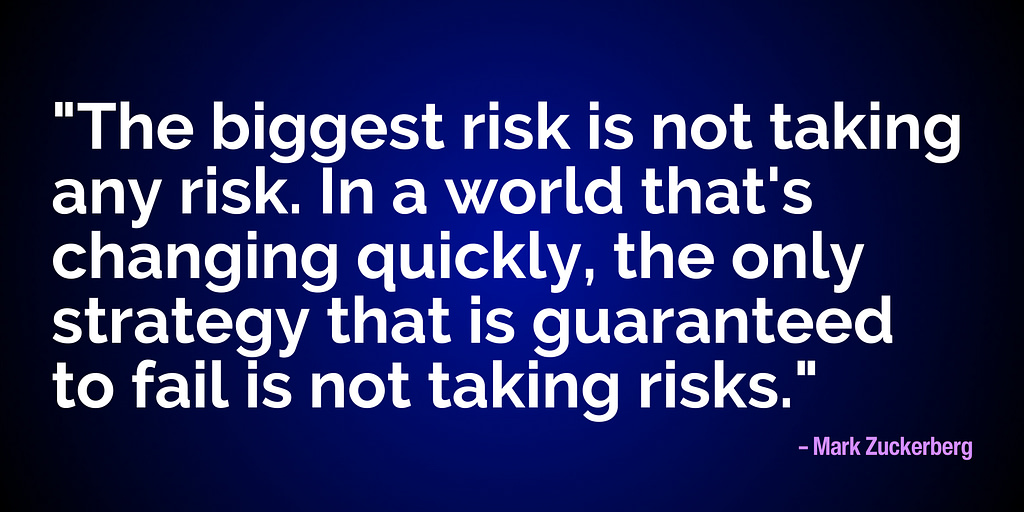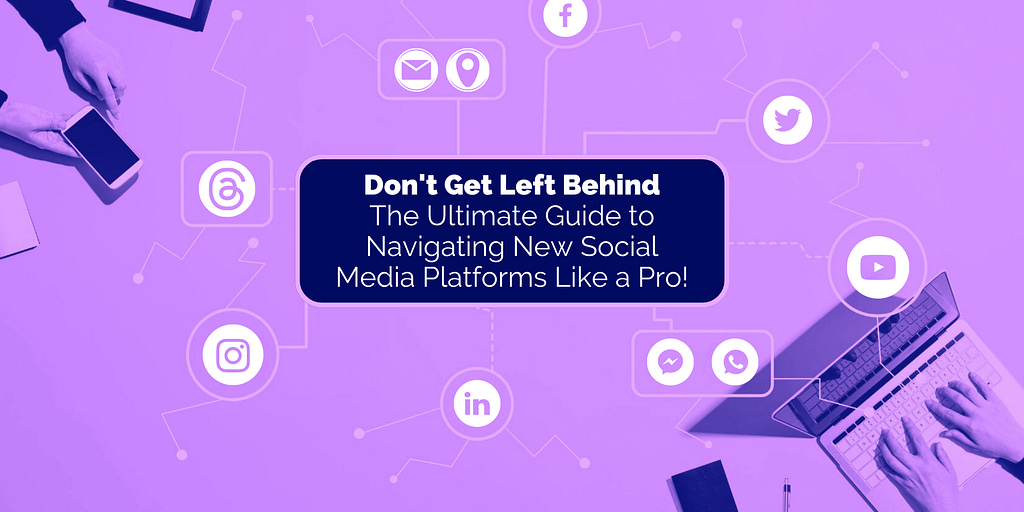So, you’ve heard the buzz about the new app by Instagram, Threads AKA the Twitter Killer, and may be wondering how to make the most of it. Don’t worry, I’ve got your back! As someone who has ridden the wave of countless social media trends, I’m here to share my tips and tricks for navigating new social media platforms with confidence and ease. This isn’t the first new social media platform and it won’t be the last. Let’s dive in and conquer these digital frontiers together!
1. Researching and Assessing the Platform
First things first, let’s do some detective work! Take the time to understand the ins and outs of the new platform. Get to know its features, quirks, and the kind of people it attracts. Explore its user interface, discover its unique features, and get a feel for the user experience. It’s like going on a blind date – do your research before navigating new social media platforms! When Snapchat burst onto the scene, I spent hours playing around with filters and exploring its disappearing content, seeing if it was a good fit for my business.
While researching, pay attention to the platform’s target audience. Who are the primary users? Are they young professionals, parents, fashion enthusiasts, or tech-savvy gamers? Understanding the demographics and interests of the platform’s user base will help you determine if it aligns with your target audience and business goals. For instance, if you’re a beauty salon owner targeting young adults, a platform like TikTok might be a goldmine for showcasing your trendy hairstyles and makeup transformations.
2. Choosing the Right Platforms
Look, I get it. FOMO (Fear Of Missing Out) can be real when it comes to social media. But trying to be everywhere at once will only leave you feeling overwhelmed. Focus on platforms where your target audience hangs out. Identify the platforms that align with your brand, industry, and content style. If you’re a food blogger, Instagram might be your jam with its drool-worthy food photos and engaged foodie community. By focusing on the right platform, you’ll have more time and energy to make an impact in navigating new social media platforms.
However, don’t be afraid to reassess your choices over time. As your business evolves and new platforms emerge, it’s essential to evaluate if your chosen platforms still align with your target audience and goals. For example, as a small business owner offering personalized coaching services, you may have initially focused on LinkedIn. But you may have found that engaging with potential clients in real-time by going live on YouTube was the real game-changer for your business.
3. Developing a Content Strategy
Now that you’ve chosen your battlefield, it’s time to create a killer content strategy! Experiment with different content formats and let your creativity flow. Share stories, behind-the-scenes moments, and valuable tips. Show your audience what makes your business unique and relatable. For example, if you run a home decor store, sharing DIY ideas and room makeover inspiration on Pinterest could drive tons of traffic to your website. Find what resonates with your audience and go all in!
While experimenting, pay attention to the platform’s specific requirements and best practices. Each platform has its own content style and audience expectations. For example, on Instagram, high-quality visuals are paramount. On Twitter (and now Threads), concise and engaging text-based content reigns supreme. Understanding these nuances will help you tailor your content to each platform and maximize your impact in navigating new social media platforms.
4. Engaging and Building Relationships
Social media is all about connecting with people, not just broadcasting your message. Engage with your audience by responding to their comments, messages, and tags. Be a friendly face in the digital crowd! If a customer tags your store on Facebook to show off their new purchase, be quick to compliment them! This little act of kindness could turn them into a loyal customer and vocal advocate for your brand.
To foster deeper connections, go beyond simple responses. Initiate conversations, ask for feedback, and encourage user-generated content. For instance, if you run a fitness studio, ask your followers to share their workout selfies or participate in a challenge. By involving your audience in your content, you create a sense of community and make them feel valued.
Remember, building relationships takes time and effort. Dedicate a portion of your social media strategy to proactively engaging with others. Follow influencers and industry leaders, comment on their posts, and share their content. Collaboration and support within your industry can amplify your reach and attract like-minded followers.
5. Analyzing and Adjusting
Keep an eye on the metrics, my friend! Use the built-in analytics tools to see what’s working and what’s not. It’s like having a GPS for your journey in navigating new social media platforms. Analyze key metrics such as engagement rate, reach, click-through rate, and conversion rate to gain insights into your audience’s preferences and behaviour.
Identify your top-performing content and replicate its success. For example, if your video tutorials on YouTube consistently receive high engagement, consider expanding your video content strategy across other platforms. On the flip side, if certain types of posts or topics are falling flat, be willing to adjust your strategy. Experiment with different approaches, content formats, and posting times to see what resonates best with your audience.
6. Staying Informed and Learning Continuously
Social media is a wild and ever-changing beast. Stay in the loop by following industry experts, joining online communities, and devouring helpful content. Attend webinars, read blogs, and watch tutorials. Be curious and keep learning! I once stumbled upon a YouTube video that taught me how to batch-create content with ChatGPT and Canva. It was a game-changer for my creation process!
In addition to seeking external resources, pay attention to the platform itself. Follow official accounts and keep an eye on their updates and blog posts. Platforms often release new features, algorithm changes, and best practices. By staying informed, you can adapt your strategy accordingly and stay ahead of the curve in navigating new social media platforms.

Mastering navigating new social media platforms may feel like going into uncharted territory, but with the right mindset and a sprinkle of creativity, you’ve got this! Research, choose wisely, create engaging content, build relationships, analyze data, and never stop learning. Embrace the thrill of the unknown, and watch your small business soar to new heights in the digital realm. Happy exploring!

